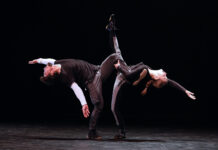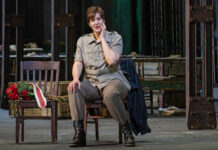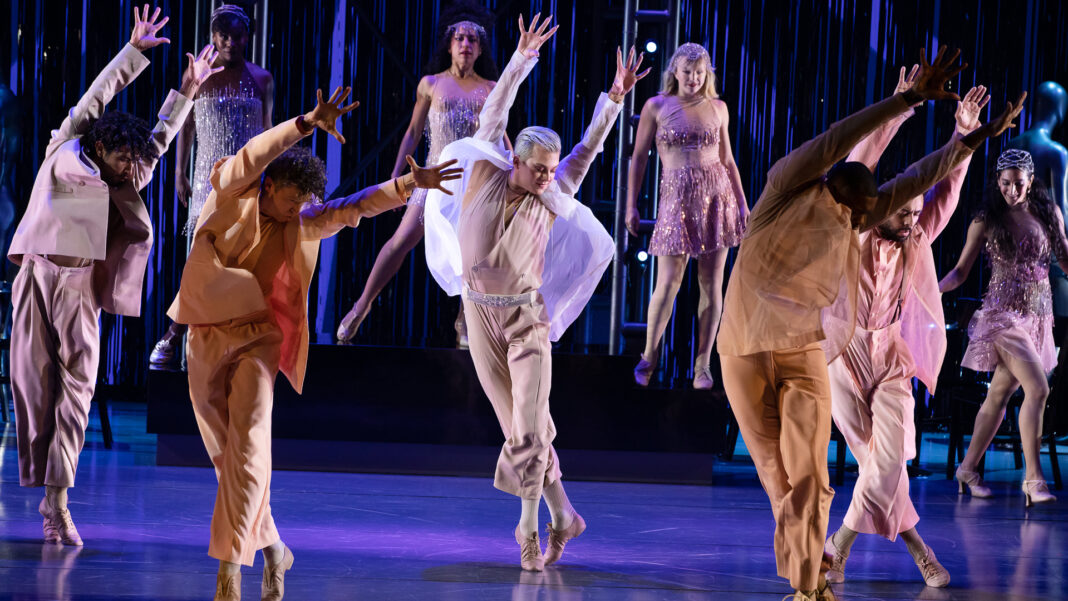“He was totally modest and just as insecure as all of us and charming and not satisfied and very complicated. All of this stuff that any person would go through – it is just he happens to be a genius. And, you know, it’s never enough.” That’s how dancer, director, and choreographer Wayne Cilento describes the late Bob Fosse.
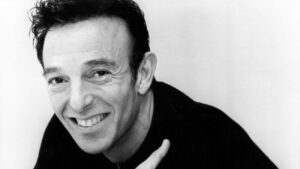
If Cilento’s name sounds familiar to you it is perhaps because you know him as the original “Mike” in A Chorus Line or as the choreographer of the musical Wicked.
His latest role is as Director and Musical Stager of a revival of Dancin’ which now has the name Bob Fosse’s Dancin’. The show is running at The Old Globe in San Diego through June 5th. The production has already announced it will open on Broadway at a theatre and on a date yet to be determined.
Cilento appeared in the original production of Fosse’s dance-musical Dancin’. The show ran for 1,774 performances and was nominated for seven Tony Awards including two for Fosse (he won Best Choreography) and one for Cliento as Best Featured Actor in a Musical.
Recreating Fosse’s work and bringing into a 21st-century focus was an enormous undertaking for Cilento as he revealed when we spoke via Zoom earlier this month. What follows are excerpts from that conversation that have been edited for length and clarity. To see the full interview, please go to our YouTube channel.
For seventeen years Fosse’s daughter, Nicole, has been trying to get a revival of Dancin’ off the ground. Why did all the pieces come together now?
I think maybe it’s probably the best time after the pandemic; celebrating him in a different way. My whole approach was getting him back out there the way he was as a dancer, what inspired him and what drove him to create what he created. So I did a lot of research and I went back. I know that Dancin’ was something that was out of the ordinary in 1978. He did it in a dance format, three acts, which was unheard of. There was no plot and no storyline and no particular reason to do it. But he wanted to explore and express different styles of choreography and music. I have to hand it to him. It’s a rough thing to do.
If anyone could do something like that it could only have been Bob Fosse.
Exactly. He was always pushing the envelope. Always looking for something new and fresh and innovative; pushing buttons, politically, socially, whatever. Just do it.
Even though you were in the original production, re-assembling his work from 44 years ago must have been an enormous challenge.
I can’t tell you how complicated it is. The big thing with this show was reconstructing Bob’s work. And it wasn’t about me as a choreographer or anyone as a choreographer filling in pieces and making the show work. It needed to come from Bob’s work and I was adamant about that.
Without any complete film of the original production to rely upon, how much did your own personal muscle memory allow you to recall what you had done before?
I was in every number in Dancin‘. It was very complicated. But there’s parts of my body that will just fall right into it. I didn’t do Crunchy Granola, so I have no body awareness. I sang it so I knew what I did up on the ladder, on the sides. I did Percussion, too, so I know what that was. I didn’t know the specific steps. Christine Colby [Jacques], who was in the original company, helped reconstruct all of the dancing material.
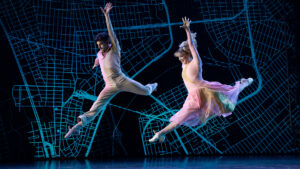
Then there’s a whole other part of this show that I wanted to insert viewers in this 21st century kind of world. So we can update it and lift it up into a place where, if Bob was doing this today, what would he do? So that was going on in my head. Corinne McFadden Herrera is my associate and Lauren Cannon is the assistant dance captain/assistant choreographer. They got into it and did the reconstruction, like looking at film work and looking at pieces of choreography and figuring it out. It’s such a long process. So first you have to identify what we want to reconstruct.
Did Fosse leave behind any archives with material you could access?
No. We’d identify the pieces that I wanted to dig into. The girls went and they pulled out the work and started. Then we started picking out pieces of the choreography or steps from the pieces of choreography that we want to string together to represent the number without doing the whole number. Needless to say it’s a very complicated job to take on. But when it’s done correctly, it’s completely rewarding because it’s the essence of him and the essence of his work as a choreographer and as a performer. I hope I managed to capture that and put it on the stage.
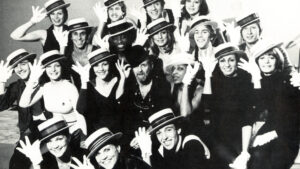
The original production was notorious for how strenuous it was on the dancers. There were countless stories of injuries. Is Bob Fosse’s Dancin’ just as difficult to do as the original?
I didn’t water down the the project at all. But the choreography is the choreography. And the dancers today are amazing in their training. They’re so rounded in technique: street dancing and hip hop and all of that stuff. I think their capability of picking up stuff is a little bit faster and easier for them. It’s just the specific style that slows them down because he’s very unique. He had a posture. He was very technical, but yet he wasn’t turned out like a ballet dancer. He was turned in. He wore a hat. He wore his head down, which brought you his vocabulary. He was a little bit hunched over, so it rounded off his shoulders. He had a built in mechanism that kind of like identified his style. It depended how far he wanted explode and how far he wanted to really pull it in.
The revival of Chicago has been running for so long, is there a built-in expectation amongst dancers that what that show presents is textbook Fosse?
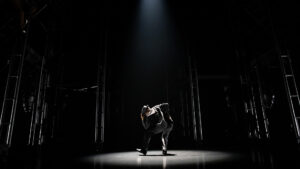
It’s very successful and Annie [Reinking] did a really great job. But again, her building was in the style of Bob Fosse. Does that mean that’s Bob Fosse? Kind of, but not really. I think she created a format and a style within Bob’s style. And it became very specific. And I think the derbies and the black clothes and very exaggerated, beautiful body posture moves and stuff like that became iconic in itself. I think it misled a lot of people in thinking, oh, that’s Bob Fosse. This is what he does. And yes, he does that. But he also does 100 other things. And he’s an explosive dancer that wants to fly and he flies. And that’s a complete contradiction to what you see in Chicago. Everything’s very still, very isolated, very perfect. It’s beautiful, but that’s a different part of him.
If A Chorus Line gave an identity to the dancers in a Broadway show who heretofore didn’t have much of an identity, what did Dancin’ do?
What Michael [Bennett] did was an idea from dancers that I danced with like Tony Stephens and Michon Peacock. They were at a point where they were disgusted that we as ensemble dancers in the show do production numbers, the thing that is carrying the show forward. It could be a horrible show, but the choreography could be amazing. So they wanted to do a show about dancers and they got Michael involved with that to get some dancers in a room. And I think he did an amazing job, too. To have dancers have a voice and a life and a history; where we were coming from and how we got to Broadway and were auditioning on the line.
I think what Bob did with Dancin’ was he made 16 of us principal dancers that were going to do an evening of dance. And we did everything. We sang, we read, we danced. We held the whole show together. So he put us up on another level. When Annie [Reinking] and I got a Tony nomination for Best Supporting Actors in a musical that was completely unheard of. But that’s what he did. He made the world recognize that we were as talented as principals in Broadway shows. We were a principal in a Broadway show, so he really pushed it over the edge for us.
I urge you to watch the full interview to hear stories of how Wayne Cilento got cast by Fosse in Dancin’, the big name star (and former collaborator with Fosse) whom he left to join the show, his experiences performing one of the most emotional parts of Dancin’ – “Mr. Bojangles” and how he chose to reinterpret that number for the new production. It’s a thoroughly enjoyable conversation.
Main photo: The company of Bob Fosse’s Dancin’ (Photo by Julieta Cervantes/Courtesy The Old Globe)




